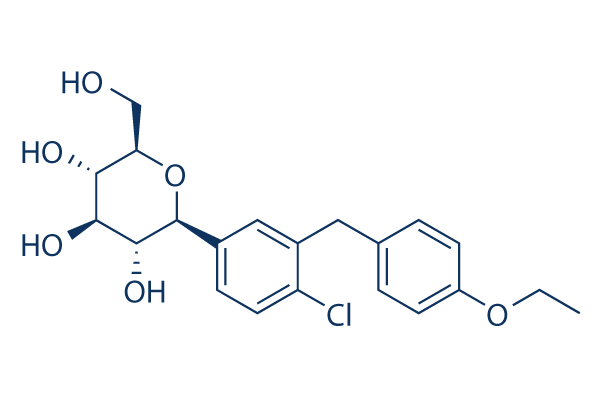Pronunciation DAP-ə-gli-FLOH-zin AHFS/Drugs.com UK Drug Information Molar mass 408.873 g/mol | Trade names Forxiga, Farxiga Routes ofadministration By mouth (tablets) | |
 | ||
License data EU EMA: ForxigaUS FDA: Dapagliflozin Pregnancycategory US: C (Risk not ruled out) | ||
Insidermedicine in depth june 24 2010 dapagliflozin
Dapagliflozin (INN, USAN, trade name Farxiga far-SEE-guh in the U.S. and Forxiga in the EU and Russia) is a drug of the gliflozin class, used to treat type 2 diabetes. It was developed by Bristol-Myers Squibb in partnership with AstraZeneca.
Contents
- Insidermedicine in depth june 24 2010 dapagliflozin
- Medical uses
- Side effects
- Mechanism of action
- Selectivity
- Research
- References
Medical uses
In July 2011 a U.S. Food and Drug Administration (FDA) endocrinologic and metabolic drugs advisory committee recommended against approval until more data were available.
The FDA approved dapagliflozin on January 8, 2014 for glycemic control, along with diet and exercise, in adults with type 2 diabetes. The FDA approved the combination product dapagliflozin and metformin hydrochloride extended-release, called Xigduo XR, in October 2014.
In 2012, the Committee for Medicinal Products for Human Use (CHMP) of the European Medicines Agency issued a positive opinion on the drug. It is now marketed in a number of European countries.
Side effects
Since dapagliflozin leads to heavy glycosuria (sometimes up to about 70 grams per day) it can lead to rapid weight loss and tiredness. The glucose acts as an osmotic diuretic (this effect is the cause of polyuria in diabetes) which can lead to dehydration. The increased amount of glucose in the urine can also worsen the infections already associated with diabetes, particularly urinary tract infections and thrush (candidiasis). Dapagliflozin is also associated with hypotensive reactions. There are concerns it may increase the risk of diabetic ketoacidosis.
Mechanism of action
Dapagliflozin inhibits subtype 2 of the sodium-glucose transport proteins (SGLT2) which are responsible for at least 90% of the glucose reabsorption in the kidney. Blocking this transporter mechanism causes blood glucose to be eliminated through the urine. In clinical trials, dapagliflozin lowered HbA1c by 0.6 versus placebo percentage points when added to metformin.
Selectivity
The IC50 for SGLT2 is less than one thousandth of the IC50 for SGLT1 (1.1 versus 1390 nmol/L), so that the drug does not interfere with intestinal glucose absorption.
Research
Clinical trials to assess effectiveness for patients with type 1 diabetes are underway.
